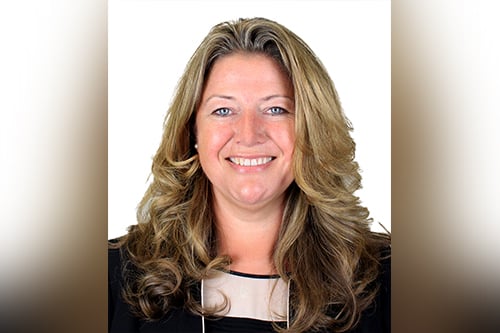

At a recent Marsh media briefing on the D&O sector, head of management liability, Marsh UK and Ireland, Beth Thurston (pictured) provided an intricate breakdown of the key challenges facing this sector. With rate increases hitting 77.3% in Q3 of 2019 within Marsh’s FTSE 100 portfolio, the sector is facing enormous upheaval – so is this showing any sign of slowing down?
The D&O sector has been undergoing extensive changes for the last 18 months, Thurston outlined, and, throughout 2019, the degree of change has continued to accelerate.
“We are not currently seeing any signs of that beginning to tail off,” she said. “I do anticipate that there will be some further correction as insurers continue to look at the volume and severity of the claims that… continue to develop. So, certainly in the short term, I anticipate that we will continue to see volatility within the market.”
The risk environment for directors and officers has changed, Thurston said, particularly since the onset of the financial crisis. This, she outlined, has been driven by two principal factors. The first of these is a changing litigation landscape and the second a changing regulatory landscape for senior executives.
The litigation landscape has changed due to growing class action activity in many jurisdictions around the globe, Thurston stated. In the US in 2006, she said, 1 in 45 listed companies would face a class action lawsuit in a 12-month period. By 2018, this had risen to 1 in 12. This change in the litigation environment is coupled with a changing regulatory environment which, following the financial crisis, has seen a globally increased focus on the individual accountability of senior executives.
Looking at the UK, Thurston said, you can see the shift that occurred when the financial crisis hit, from looking at the entity itself to looking at the individuals who were driving the decision-making within those entities, and holding these individuals responsible for those decisions.
“Those two things in combination have meant that insurers in the London market have seen a significant increase in both the volume and the severity of the D&O claims that have been made on their insurance policies,” she said.
One of the most striking challenges to the D&O market, Thurston outlined, is that claims now come from multiple jurisdictions and “there’s no industry sector that is immune from either litigation involving senior executives or regulatory activity involving senior executives.”
“Historically, we would have expected the large majority of any claims that emanated from the D&O space to come from the US,” she said. “In fact, 59% of the claims that our clients in London notified insurers of in 2018 emanated outside the US.”
The volatility and acceleration in this sector have made it challenging for clients to manage too, Thurston said, and c-suite engagement, where appropriate, has developed as one of the core areas to enable differentiation of D&O insurance risk.
Previously when it came to the renewal of D&O insurance, it focused on the grounds of publicly available documentation and reporting accounts, Thurston said, often without delving into corporate governance around the organisation. Now, she said, we are seeing a real focus by insurers on internal governance procedures.
Clients are responding well to the demand for greater c-suite engagement, Thurston explained, as they have been advised throughout this time that the market is developing in relation to the changing risk landscape.
Addressing the future of D&O insurance and whether the breadth of cover offered by insurers is likely to be impacted by this volatility, Thurston said: “In some instances, we are beginning to see exclusions be applied but they are specific to the individual client’s risk profile. We’re not seeing insurers look to pare back the breadth of cover in its entirety.”
